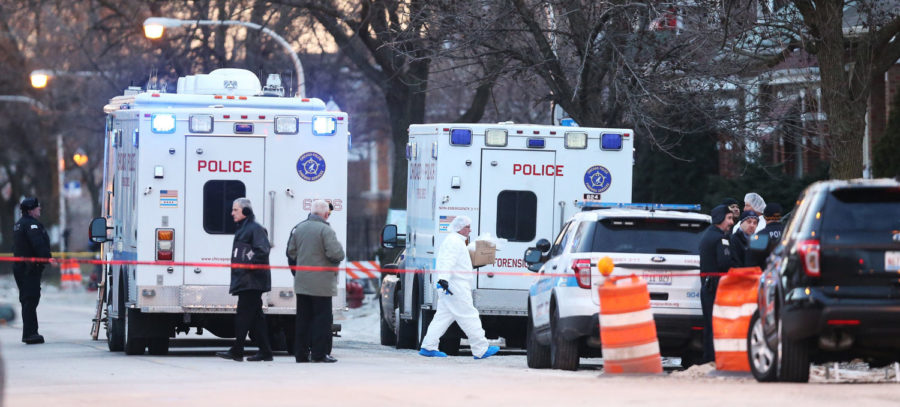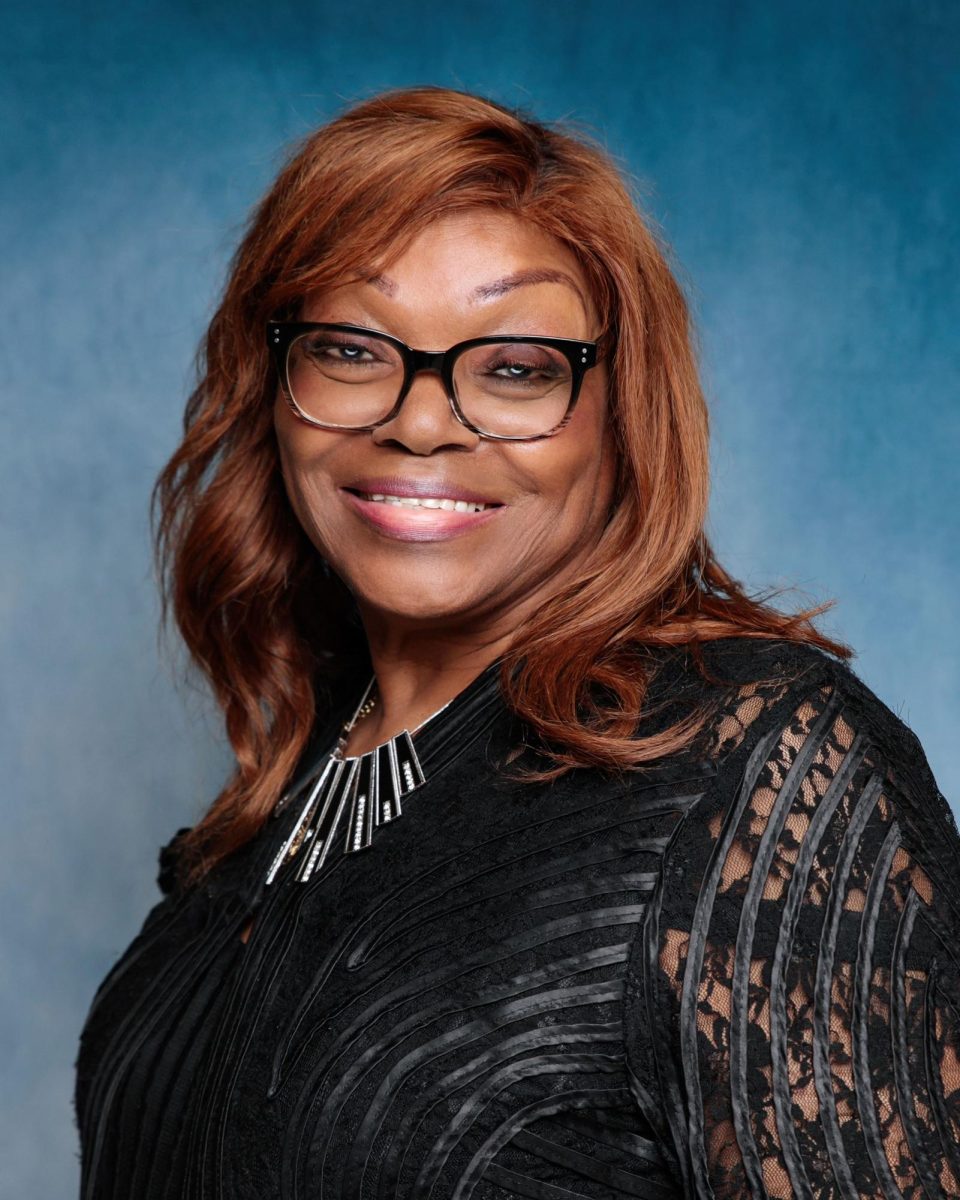So far this year, Chicago has most homicides since late 1990s
March 1, 2016
Amid a spike in shootings, the city of Chicago has witnessed its deadliest start to the year in nearly two decades, according to crime statistics.
With January and February complete, the Chicago Police Department counts 95 homicides, the same as in 1999. There hasn’t been a deadlier start to the year since 1997, when the city had 101 homicides in the first two months and 761 for the full year.
The official police count includes only violent deaths considered criminal. This year’s toll rises to at least 102 if all violent deaths are counted, including a man shot by police and two alleged robbers killed by a shop owner in a shooting considered justified by investigators. By that same measure, there were 52 violent deaths by Feb. 28 last — about half this year’s total, according to data compiled by the Tribune.
Advertisement
The rise in violence this year has been concentrated mostly through neighborhoods on Chicago’s South Side and West Side that for decades have been stricken by poverty and a lack of investment from the city, and that are plagued by gang activity and drug sales.
MORE, from December: Black SIU students raise voices against Chicago violence
The surge in violence comes at a tumultuous time for the department as it tries to move past fallout over the court-ordered release late last year of a dashboard camera video showing a Chicago police officer shoot Laquan McDonald 16 times as the teen walked away from police with a knife in his hand.
The video, which was starkly at odds with the police account of the shooting, led to murder charges against Officer Jason Van Dyke, weeks of street protests, the firing of longtime police Superintendent Garry McCarthy, calls for Mayor Rahm Emanuel to resign and the launch of a U.S. Justice Department investigation of the department.
Police officials blame the uptick in homicides on intensifying gang conflicts that often lead to retaliatory violence, including disputes that start on social media platforms such as Facebook and Twitter.
“While the Chicago Police Department is taking action to keep our communities safe, gun violence driven primarily by gang conflicts remained at an unacceptable level in February,” department spokesman Anthony Guglielmi said in a statement. “The level of violence is unacceptable and CPD continues to aggressively target those responsible, especially in neighborhoods where gang activity is most active.”
Advertisement*
Meanwhile, officers within the department have told the Tribune the McDonald shooting has made them less aggressive on the street out of fear that doing even basic police work will get them into trouble. They say criminals are taking advantage of their passive approach.
Criminologists, though, say there’s no evidence to suggest criminals are exploiting officers’ reluctance to do their jobs.
This past weekend, in which Chicago experienced spring-like weather, at least two people were killed and 24 wounded in shootings throughout the city. One of those killed was Shari Graham, a 30-year-old mother of three young children who was shot Friday night as she sat in a cab about two blocks south of U.S. Cellular Field.
Graham, who had returned to Chicago from Texas at Christmastime, was looking for work as a nurse.
The next afternoon, Eric D. Henry Jr. was sitting in a car with a woman in the Auburn Gresham neighborhood when someone walked up and shot him, police said. He died at the scene, and the woman was shot in the jaw and leg and was in serious condition at Advocate Christ Medical Center in Oak Lawn.
Over the past decade, there haven’t been more than 66 homicides during the first two months of each year.
There has been an even bigger spike in the number of people shot in the city this year. As of Monday, at least 467 people had been shot compared with 217 in the same period last year, according to Tribune statistics. Chicago outpaces New York City and Los Angeles in the number of homicide and shooting victims.
While the city is experiencing a spike in violence, the number of homicides and shootings is less than it was decades ago, when homicides sometimes exceeded 900 in a year. Criminologists have cautioned about making month-by-month or even year-by-year comparisons, arguing that long-term trends more accurately explain how violence in a city has changed over time.
Among the homicides this year was that of Phillip Dupree, who was killed Jan. 13 in what police believe was a gang-related slaying.
Michele Cobb, 62, was in her car when Dupree, her 26-year-old grandson, was shot and killed in the front passenger seat as they drove along South Ashland Avenue — the dividing line in the Auburn Gresham neighborhood between two factions of the Gangster Disciples, including one to which Dupree belonged.
His grandmother was grazed in the back of her head.
“Boom, boom, boom, like a machine gun or something,” Cobb said during an interview Monday. “I thought they were having a crossfire, like people were shooting from one side of the street to the other. That’s what I thought. I didn’t know they were shooting at my car.”
Dupree’s family acknowledged that he was involved in gang life. Of late, however, he was being mentored by the Rev. Michael Pfleger, who encouraged Dupree – who was known by the nickname “Toon” — to attend services and do volunteer work for Pfleger’s St. Sabina Catholic Church.
“I knew Toon from the street, but I got to know Phillip,” Pfleger said Monday in an interview at the church. “Phillip could sell you a car that didn’t work. I mean, just a really charismatic personality.”
___
(c)2016 the Chicago Tribune
Visit the Chicago Tribune at www.chicagotribune.com
Distributed by Tribune Content Agency, LLC.
Advertisement









